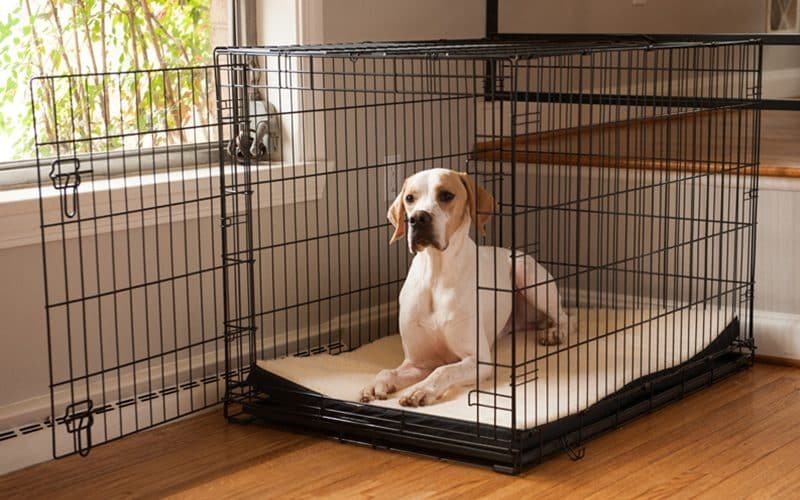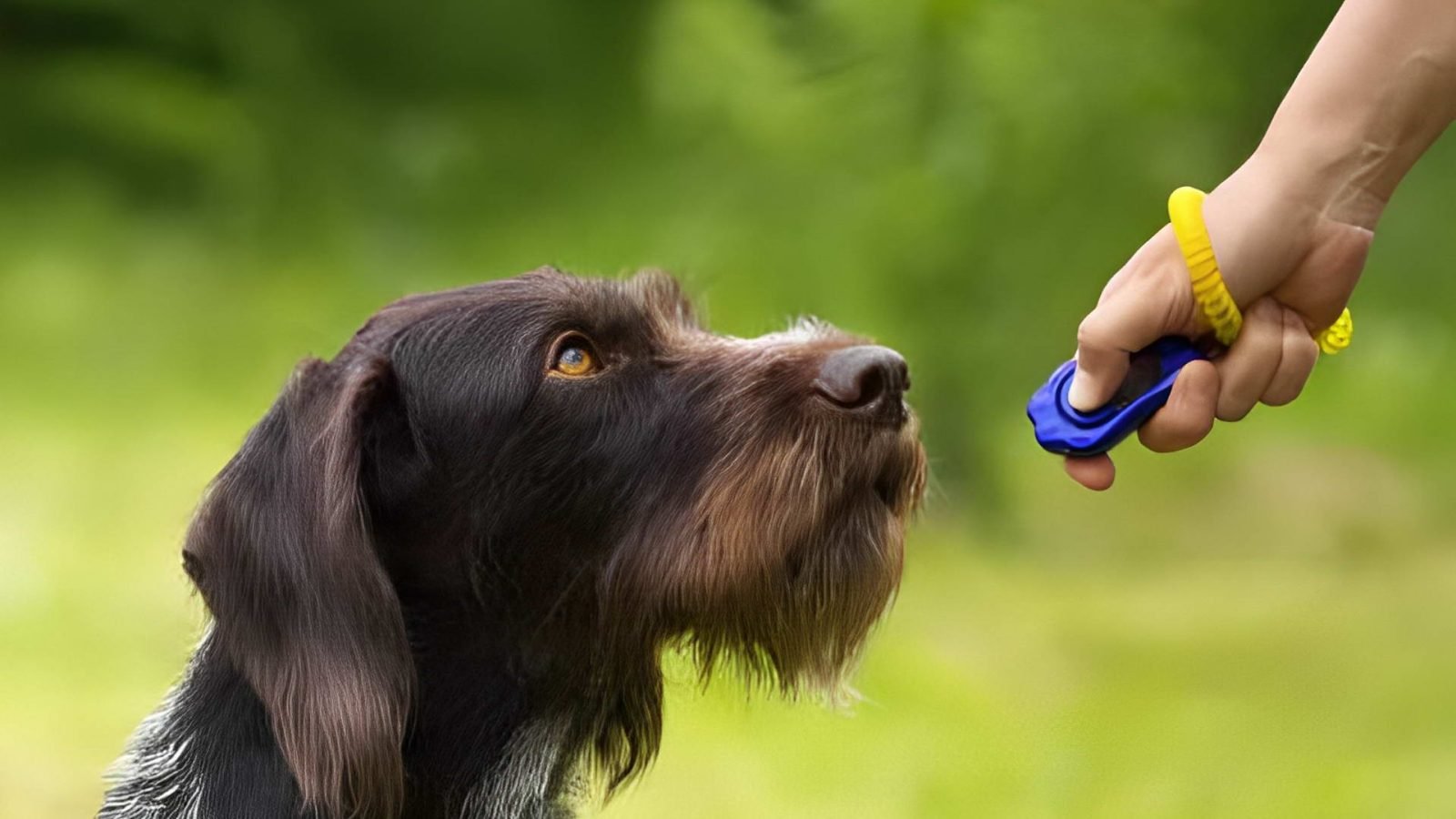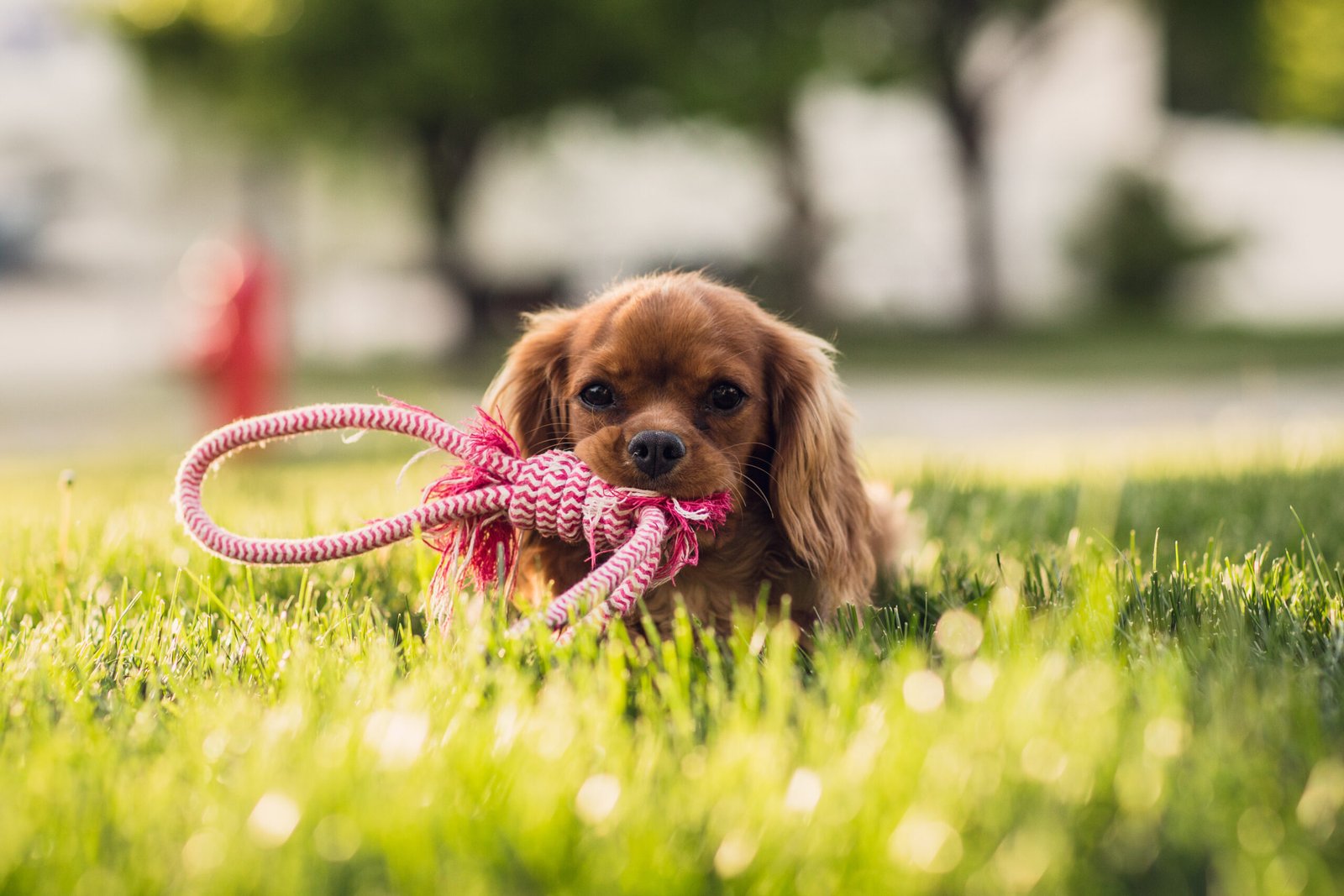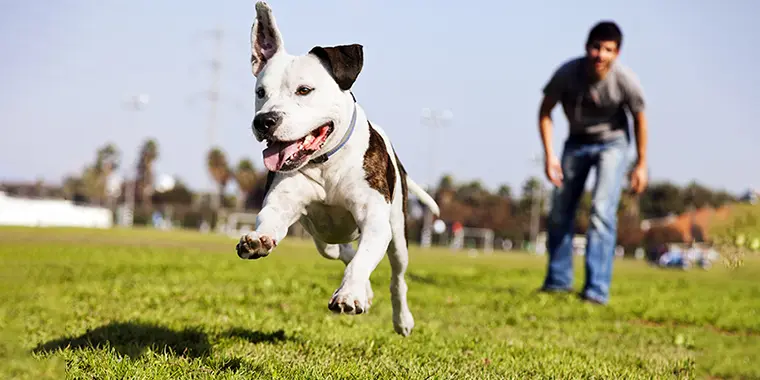Crate training your dog is a valuable tool for pet owners. It helps create a safe space for your furry friend while also assisting in house training. A well-trained dog can enjoy more freedom and stay out of trouble. In this article, we’ll share effective tips to help you successfully crate train your dog. By following these steps, you can ensure that your dog feels comfortable and secure in their crate.
1. Choose the Right Crate Size
Choosing the right size crate is essential for successful crate training your dog. The crate should be large enough for your dog to stand up, turn around, and lie down comfortably. If the crate is too big, your dog may use one corner as a bathroom, defeating the purpose of training. Measure your dog’s height and length to find a crate that suits their size. Consider getting an adjustable crate that can grow with your dog.
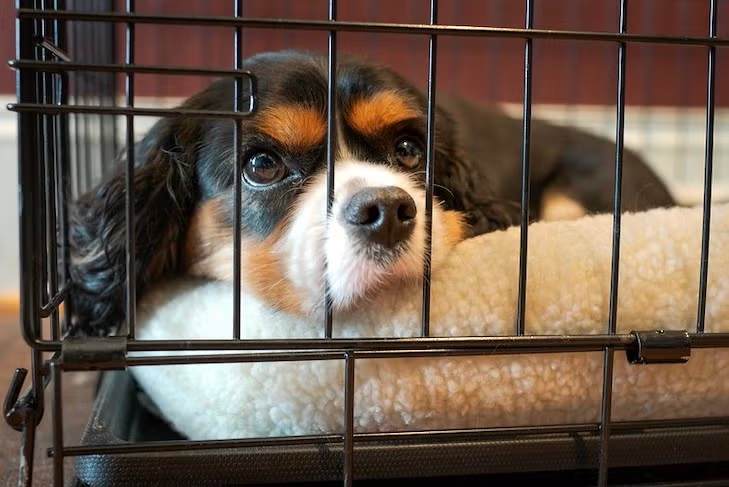
2. Make the Crate Inviting
To make the crate a positive space, add soft bedding and a few toys. You want your dog to see the crate as a cozy retreat. Use their favorite blanket or a soft dog bed. You can also include chew toys or a safe stuffed animal. This comfort will encourage your dog to spend time in the crate without feeling anxious.
3. Introduce the Crate Gradually
When starting crate training your dog, introduce the crate slowly. Allow your dog to explore the crate without pressure. Leave the door open and let them go in and out at their own pace. Toss in treats or toys to make the crate more appealing. This gradual introduction will help your dog feel comfortable and less fearful of the crate.
4. Use Positive Reinforcement
Positive reinforcement is key when crate training your dog. Whenever your dog goes into the crate, praise them enthusiastically. Use treats to reward them for entering or staying in the crate. Over time, your dog will associate the crate with positive experiences. This approach encourages them to enjoy their crate time, making the training process smoother.
5. Establish a Routine
Dogs thrive on routine, so establishing a consistent schedule is important. Set specific times for crate use, such as during meals, while you are out, or at bedtime. By sticking to a routine, your dog will learn when to expect crate time, reducing anxiety. Consistency helps your dog adapt to crate training, making it part of their daily life.
6. Practice Short Absences
When crate training your dog, start with short periods in the crate. Begin by leaving your dog in the crate for just a few minutes. Gradually increase the time as your dog becomes more comfortable. Monitor your dog during this process. If they show signs of distress, shorten the time and try again later. This gradual approach helps your dog adjust without feeling overwhelmed.
7. Avoid Using the Crate as Punishment
It’s essential to never use the crate as a punishment when crate training your dog. If your dog associates the crate with negative experiences, they will be reluctant to enter. Instead, use the crate as a safe haven. When your dog misbehaves, redirect them to appropriate behavior rather than confining them to the crate. This approach fosters a positive relationship between your dog and their crate.
8. Gradually Increase Crate Time
As your dog becomes more accustomed to the crate, gradually increase the duration they spend inside. Start with short periods while you are home, then extend the time as your dog adjusts. You can also practice leaving the house for short errands to help your dog get used to being alone in the crate. This process helps your dog learn to relax in their crate, even when you are not nearby.
9. Be Patient and Consistent
Crate training your dog takes time, so be patient and consistent throughout the process. Some dogs adapt quickly, while others may take longer. If your dog shows signs of anxiety or discomfort, go back a step and try again. Consistency in your training approach will help your dog learn more effectively. Celebrate small victories along the way, and remember that patience is key to success.
10. Know When to Seek Help
If you’re struggling with crate training your dog, don’t hesitate to seek help from a professional trainer. A trainer can provide guidance and techniques tailored to your dog’s needs. Sometimes, a little extra support can make a significant difference in the training process. Remember, every dog is unique, and finding the right approach is essential.
Conclusion
Crate training your dog can be a rewarding experience for both you and your pet. By following these tips, you can create a positive environment that makes your dog feel safe and secure. Remember to be patient, consistent, and supportive throughout the process. With time and dedication, your dog will learn to love their crate, making it an essential part of your home life.







